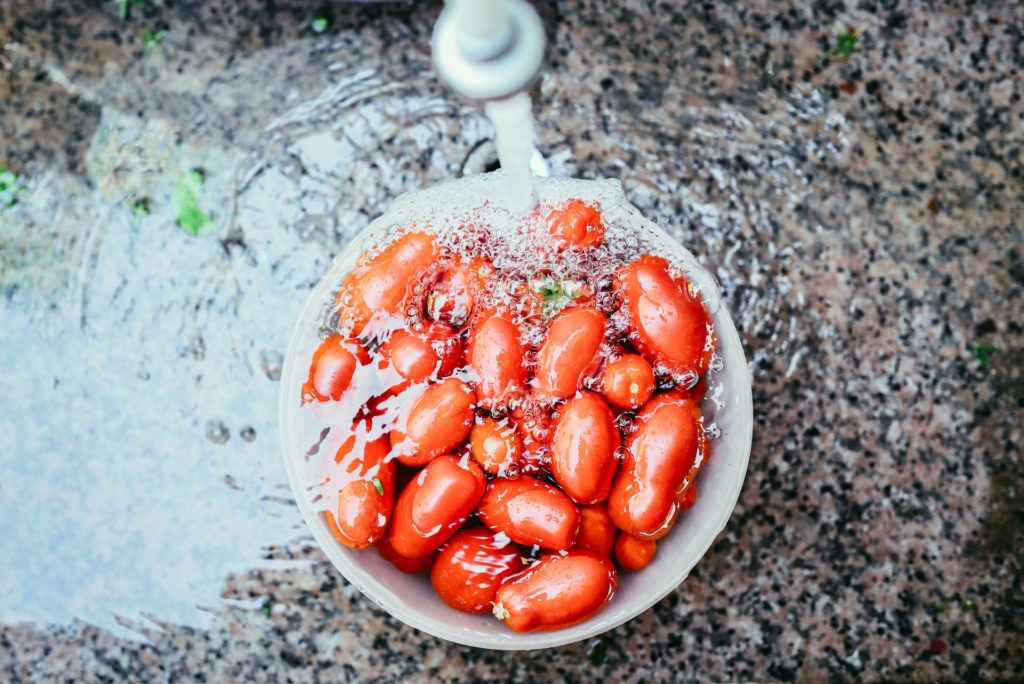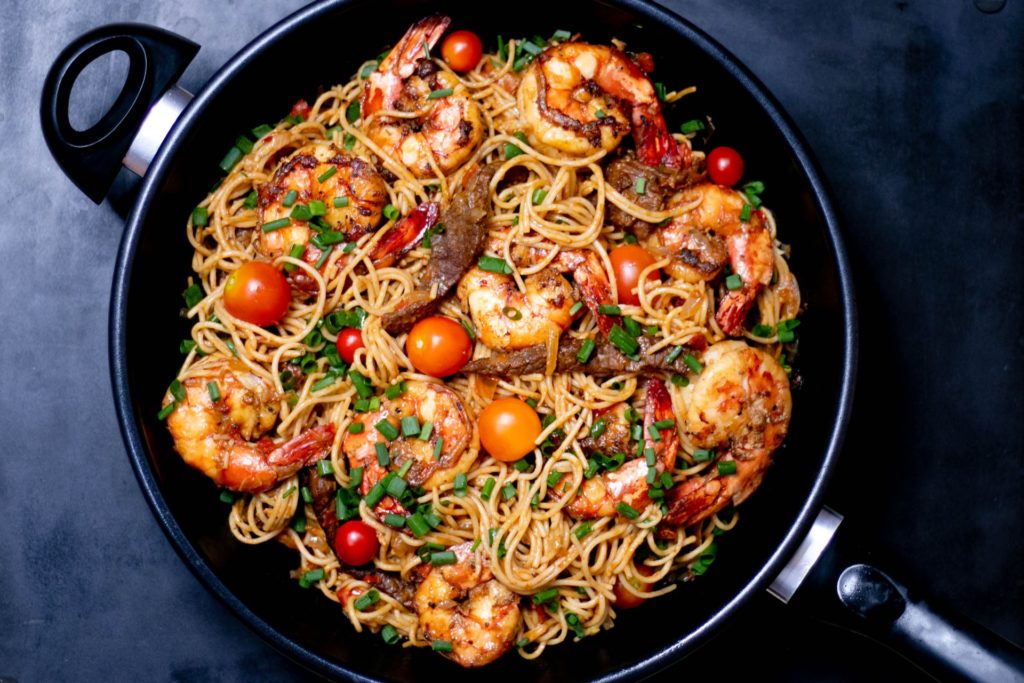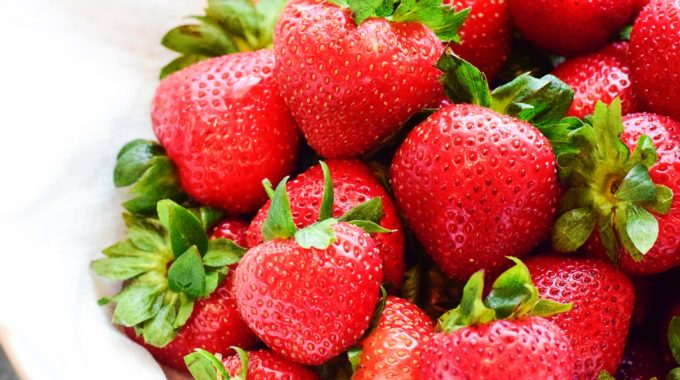COVID-19 food hygiene: an expert’s tips
We’re all feeling a little paranoid right now, which is only to be expected. But while many normal activities might be a little different, what shouldn’t change is basic food hygiene.
UNSW Associate Professor of Food Microbiology, Julian Cox, says that there are a lot of misconceptions around washing foods, particularly fruit and vegetables.
“There’s no evidence to suggest the virus can be transmitted through food,” he says. “But of course, we want to reinforce that while we navigate these uncharted waters, we must always take food hygiene, including the handling of food, seriously.”
Here we share Cox’s top tips on safe food hygiene practices.

1. Clean, clean and clean for food hygiene
“Cleaning is so important; it should be counted as three tips!” says Cox. “We don’t want people to lose sight of traditional food safety issues like time-temperature control, but really, the key message here is cleaning.”
He stresses that we often wash our fresh fruits and vegies before eating them anyway. Doing this will help eliminate the virus early in the chain.
“Washing them under fresh running water is sufficient,” he says. “I advise against using cleaning products on foods. We really don’t want cleaning chemicals going on our food. That might be unpleasant, even harmful, when we consume it.”
He also recommends thoroughly cleaning any areas where you prepare food with a standard surface sanitiser, which you can buy from any supermarket.
Of course, washing your hands regularly, especially after using the toilet and after handling raw foods, is also important to maintain good personal and food hygiene. So follow the advice from health authorities and wash your hands thoroughly for at least 20 seconds.

2. Social distancing! Surface distancing!
While we should maintain social distance from each other, Cox says we should also be keeping away from surfaces where the virus might be lurking. “We want to keep the virus on a surface away from our own key surfaces,” he explains. “Our eyes, nose and mouth.”
For example, when you bring home your groceries from the shops, avoid putting the bags on the same kitchen counter you’ll later be preparing foods on.
“We also don’t want to use sanitisers all over our packaging,” Cox says. “This can remove important food safety information such as use-by dates.”
If you’re really worried about packaging, decant the food as soon as you get home to avoid contamination. But remember to record key product information.
“When you decant items such as flour or sugar, make sure you transfer the food out of the packaging with minimal handling of the package itself,” Cox continues.
Remember though, that risk of transmission of the virus from packaging is very low. Its survival on surfaces is limited. So food packaging is not known to present any specific risk.
“So, food is generally best left in its packaging, for food safety’s sake,” Cox says. “Again, if you’re worried about picking up the virus from packaging, wash your hands well before you eat and when you put your hands near your own surfaces.
“In general, the same guides apply when ordering takeaway. With food for immediate consumption, you may wish to transfer your food to another bowl or plate and dispose of the packaging. That way you’re not unknowingly contaminating other areas.
“However, the likelihood of having any significant load of virus on packaging is very low.”

3. Don’t forget time and temperature rules
Finally, Cox takes us back to food safety 101. He reminds everyone of the importance of time and temperature when preparing food.
“The virus, luckily, is quite temperature-sensitive,” he says. “If you’re still worried, cook or reheat your food to reduce the risk of transmission.”
And when you do, remember the danger zone. Try to keep foods above 60 degrees Celsius or below five degrees Celsius. Outside of this is where bad bugs can grow.
“Keep hot foods hot and cold foods cold,” Cox says. And get perishable and cooked foods in to the fridge as soon as possible. This will minimise any risk of food becoming unsafe.”









